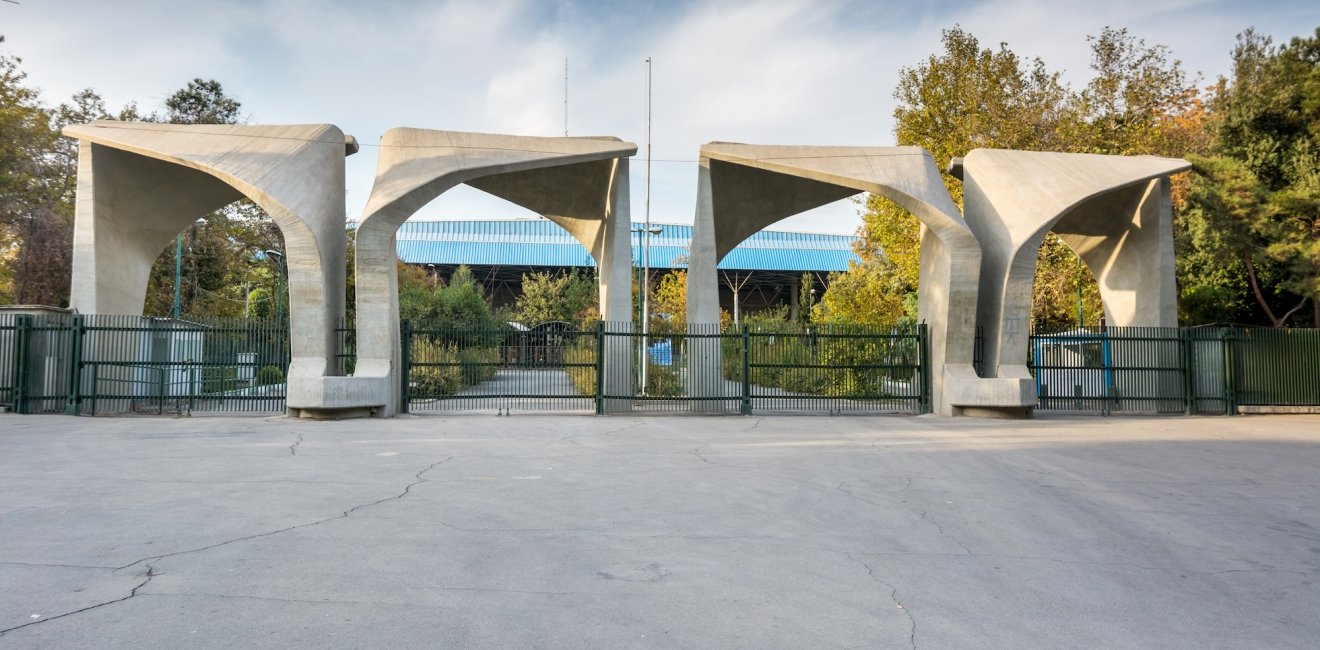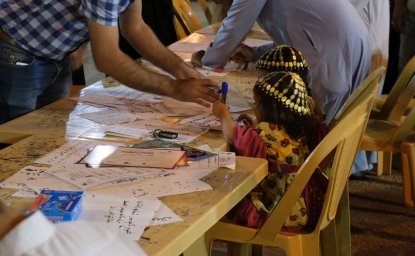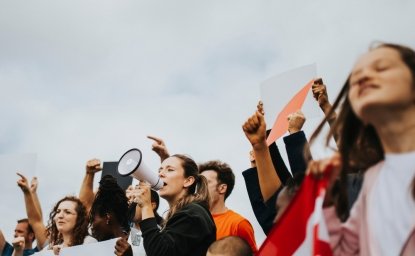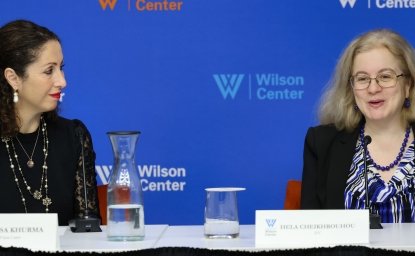Two weeks ago, Iran’s Morality Police unexpectedly reappeared on the streets of Tehran and other Iranian cities. They had been discreetly withdrawn after the death of a young woman, Mahsa Amini, while in police custody in September last year, which led to weeks of widespread anti-regime protests and demonstrations and a savage crackdown by security forces.
Rather than the severe response to the defiance of the hijab that led to last year’s protests, the regime appears to be trying a softer approach, a new ploy, that nobody believes will be implemented.
The latest harsh decision by parliament on how to confront women who don’t observe the Hijab is testimony to the authorities’ deception. The reappearance of the Morality Police, announced by the police spokesperson, Montazeri al-Mahdi, signaled a renewed attempt by the regime to enforce the observance of the hijab on the country’s women and girls. But, this time, rather than the severe response to the defiance of the hijab that led to last year’s protests, the regime pretended to be trying a softer approach, a new ploy, that nobody believes will succeed.
The regime’s new ploy
President Ebrahim Raisi expressed the view that success in achieving observance of the hijab requires a “polite” encounter between officials and women appearing in public without it. Such women, he said, were simply “uninformed,” and notably, he did not label them violators of Islamic law. The head of the judiciary, Mohseni Eje’i, offered the view that moderation might be more effective than force in persuading women to observe the hijab.
Hossain Shariatmadari, the editor of the right-wing newspaper, Kayhan, reported that policemen and policewomen are dealing with women without the hijab with great respect, and seeking to “counsel” them to cover themselves. He also seemed to be trying to downplay the problem, claiming that the majority of women who had discarded the hijab have resumed wearing it—a claim belied by the widespread defiance of the hijab in cities and towns all over the country.
There are indications that the plan, now, is to make hijab violation a matter to be addressed by enacted law, rather by the uncertain mercies of the Morality Police.
There are indications that the plan, now, is to make hijab violation a matter to be addressed by enacted law, rather by the uncertain mercies of the Morality Police. The new hijab enforcement campaign even has a new name, “Modesty and Hijab”—designed perhaps to emphasize a new approach and a renewed determination to enforce it. There are indications that the plan, now, is to make hijab violation a matter to be addressed by enacted law, rather by the uncertain mercies of the Morality Police. The Judiciary committee of the Majlis, or parliament, has been working with the government on such a law. It will specify when and how the hijab must be worn and the consequences for women, shopkeepers, banks, universities, artists and others who do not observe it. Once the law is passed, the judiciary will enforce it.
An intriguing question is the position of the Supreme Leader in this matter. Ayatollah Khamenei has described the hijab as an Islamic requirement on which there can be no compromise; in practice, it is he who sets the rules and the government and parliament that implements them. But Shariatmadari, the editor of Kayhan who is close to the Supreme Leader and often reflects his views, has said the new hijab campaign was a decision taken by the president and the head of the judiciary, as if to distance Ayatollah Khamenei from the softer approach, or to shield him from blame if another explosion of public discontent follows.
Aftermath of the uprising
The protest movement, with its resounding cry of “Women, Life, Freedom,” that followed the death of Mahsa Amini, and the harsh response of the security forces, resulted in the death of hundreds, the arrest of thousands, and then trials, mass trials, and long prison sentences. Credible accounts of torture, mistreatment and rape in prisons followed. The intensity of the protest movement and widespread support the protestors received from other countries and from the Iranian diaspora, came as a shock to the regime.
Moreover, women remained defiant. Post-protest, officials resorted to threats—such as the loss of cars and drivers’ licenses, closure of bank accounts, and detection by street cameras—which proved ineffectual. Thus, the decision, at least for the moment, was to leave women alone. Those women who had worn the hijab have continued to wear it, and those who had stopped covering, in schools and universities, city streets and public spaces, and in some offices, continued to do so.
Instead of addressing the people’s legitimate grievances, the regime continues to obsess over the hijab and act as if its very survival depends on whether women dress modestly.
Yet it remains a question whether the regime, though shaken by last year’s protests, has yet fully grasped, or is willing to acknowledge, the deeper causes that propelled the uprising: the absence of freedom or the rule of law, widespread corruption, economic hardship, the wide chasm between the haves and the have nots, an unrepresentative government determined to control the personal lives of its citizens. Instead of addressing the people’s legitimate grievances, the regime continues to obsess over the hijab and act as if its very survival depends on whether women dress modestly. A young woman is killed over a piece of head-covering, triggering an uprising, and instead of acknowledging that the causes are rooted in its own misrule, the government falls back on the comfortable (and false) claim that the widespread protests were instigated by foreign governments hostile to the Islamic Republic.
The voices in Iran that dare speak of the consequences of such heedlessness are few, but they exist. Former president Mohammad Khatami took the government to task for going after women once again. He warned of “the danger of the regime imploding from within” and said such an implosion “becomes more likely with measures such as the appearance, once again, of the Morality Police on the streets.”
With the anniversary of Mahsa Amini’s death approaching, common sense should have led the regime to keep the streets calm by not continuing to make an issue of the hijab and to leave women alone. On the contrary, the new law, when finally passed, suggests an even more severe crackdown. We may therefore be inching toward yet another explosion of “Women, Life, Freedom.”
The views expressed in this article are those of the author and do not express the official position of the Wilson Center.
This article was updated August 1, 2023







